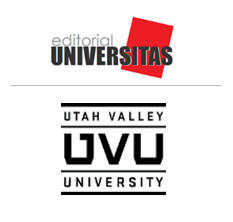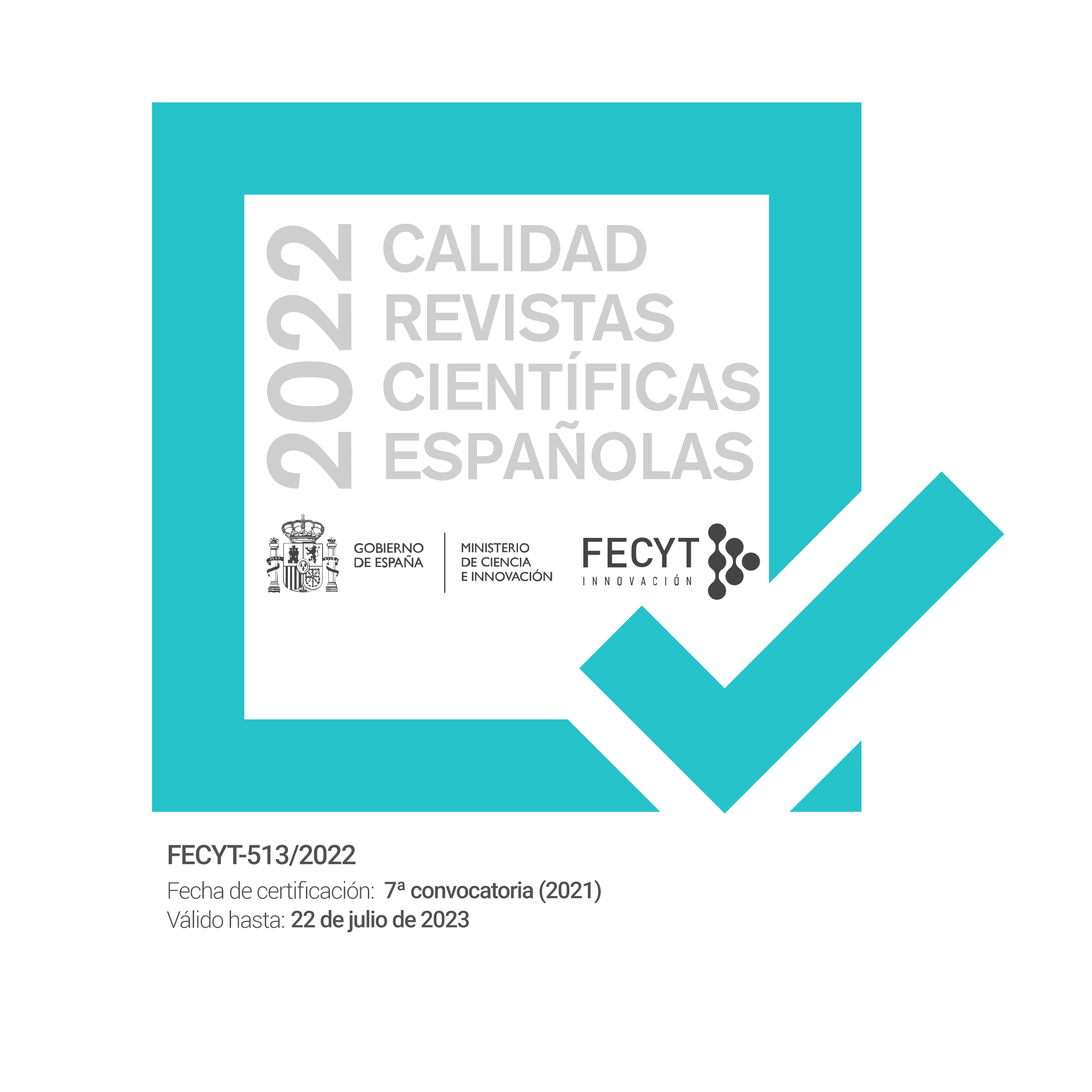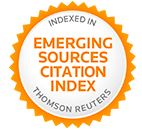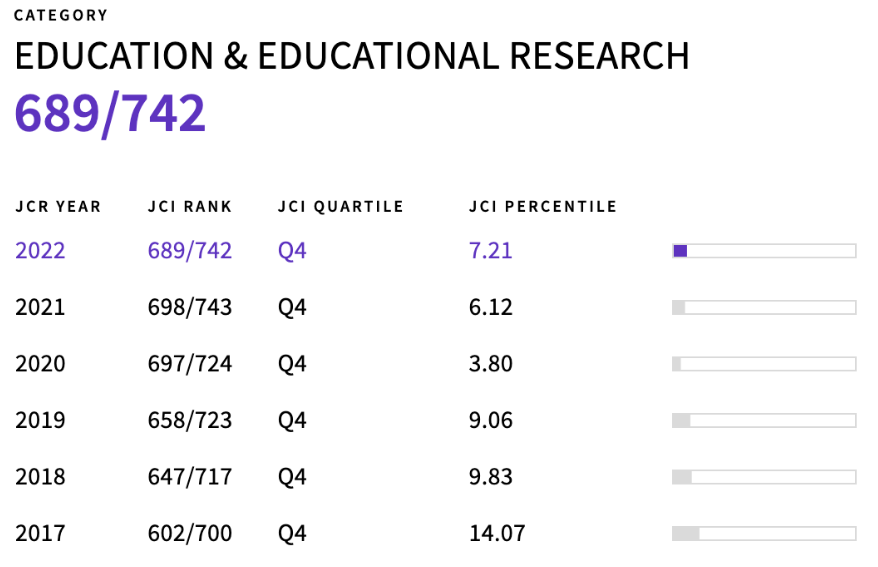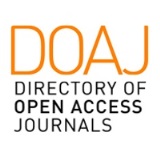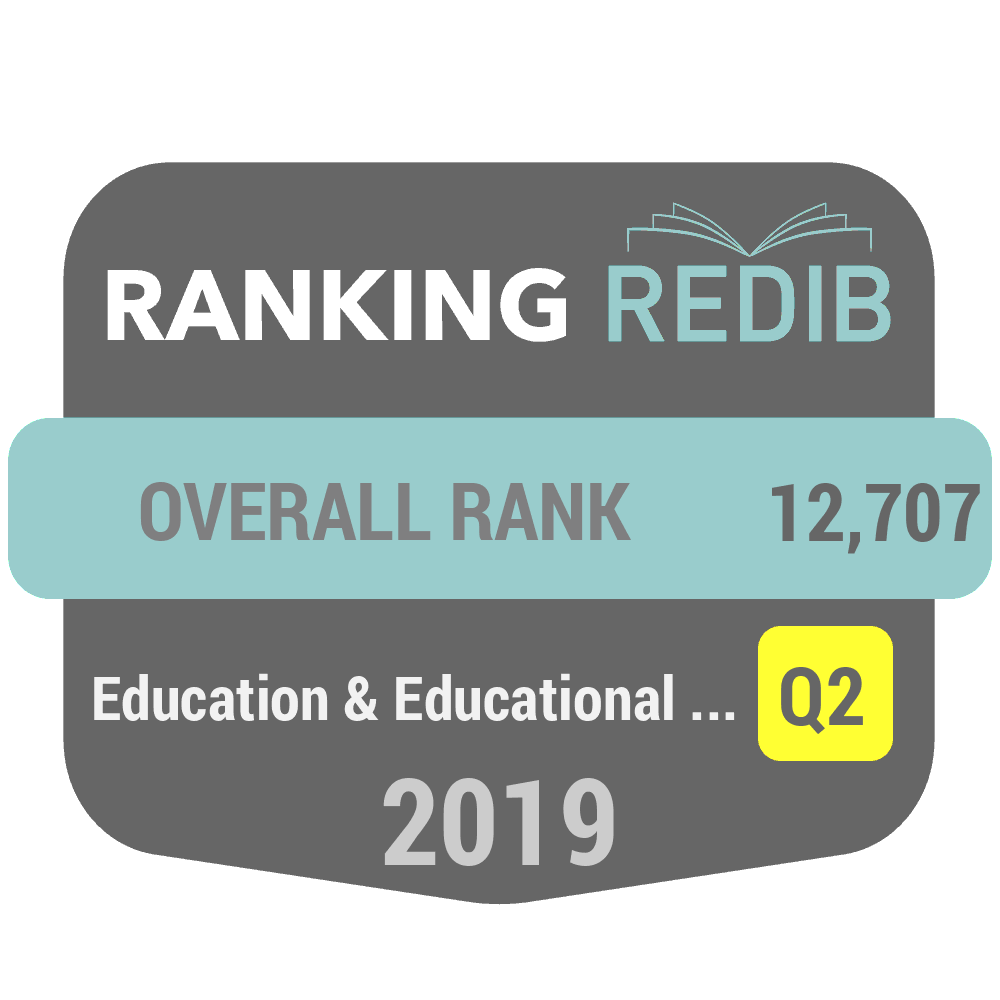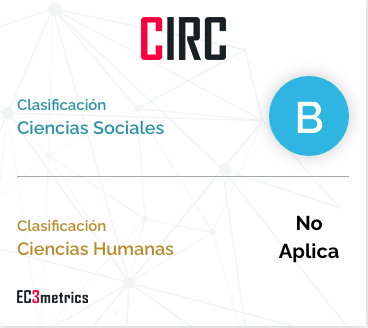AUDIOVISUAIS PARA A EDUCAÇÃO A DISTÂNCIA: PENSANDO AS PREFERÊNCIAS POR MEIO DOS ESTILOS DE APRENDIZAGEM
DOI:
https://doi.org/10.55777/rea.v7i13.1010Palabras clave:
Distance education, Audiovisual materials, Learning Styles.Resumen
The compression of space and time caused by new information and communication technologies coupled with the constant need for expertise demanded by the world of work has made population older demands pressure ever more the public school system in search of improvement. The educational system, in turn, is pressed to meet Subjects with different needs and at different times. Learning styles allow you to highlight individual differences and guide the use of audiovisual materials that are more suitable, according to the specific needs of students. Therefore, this study had as a general objective to understand the educational audiovisual materials according to learning styles, indicating paths and use strategies. Added to this, the fact that they can provide the development of less developed styles in students, expanding learning opportunities. Through the methodology of qualitative analysis and analysis of discordant cases, and having the Theory of Learning Styles as theoretical support, the study shows how the audiovisuals can be used for learning situations in distance education and also presents ways to think about the management of educational content in a more personalized way.
Descargas
Descargas
Publicado
Cómo citar
Número
Sección
Licencia
Con el envío del original, el/los autor/es declaran que conocen y aceptan, en su totalidad, la política de privacidad así como los derechos de autor de la Revista de Estilos de Aprendizaje.
La Revista Estilos de Aprendizaje ofrece acceso libre y abierto a su contenido de forma totalmente gratuita con el fin de hacer llegar la investigación científica a sus lectores y sociedad en general. Todos los contenidos digitales son de acceso libre y gratuito y se publican bajo licencia de Creative Commons:

La cesión de derechos se realiza bajo la licencia Creative Commons Reconocimiento-NoComercial-SinObraDerivada 4.0 Internacional (CC-BY-NC-ND 4.0)
Bajo esta licencia, está permitida la reproducción y difusión de los contenidos de la revista con fines educativos, sociales y de transmisión de conocimiento, sin ánimo de lucro y siempre que no se modifiquen, se cite la procedencia y la autoría.
La licencia a la que se acoge la Revista de Estilos de Aprendizaje permite copiar y distribuir los contenidos de la revista, siempre que se reconozca la autoría de la obra, especificando correctamente el autor y la entidad editora. No se puede utilizar la obra para fines comerciales y tampoco se puede alterar, transformar o generar una obra derivada a partir de esta obra.
La Revista de Estilos de Aprendizaje es una revista de acceso abierto. La publicación de artículos o reseñas en la Revista no da derecho a remuneración alguna. Así mismo, tanto para los autores como los lectores, la revista es gratuita Creative Commons Reconocimiento-NoComercial-SinObraDerivada 4.0 Internacional (CC-BY-NC-ND 4.0).
Desde la Revista de Estilos de Aprendizaje se invita al/los autor/autores a ampliar la visibilidad y el alcance de sus artículos publicados mediante la redifusión de los mismos en:
- Espacios web y redes personales, así como en encuentros y foros científicos.
- Archivos abiertos institucionales en Universidades, repositorios educativos y Centros de Investigación.
- Redes académicas y científicas (Researchgate, Academia.edu, Plubons, etc.).
Se requiere que en todos estos espacios y publicaciones se incluyan todos los datos bibliográficos de la publicación.






